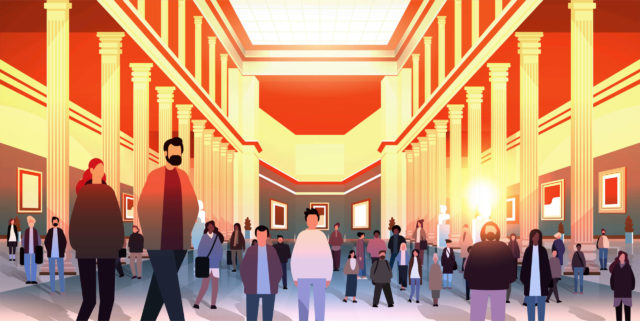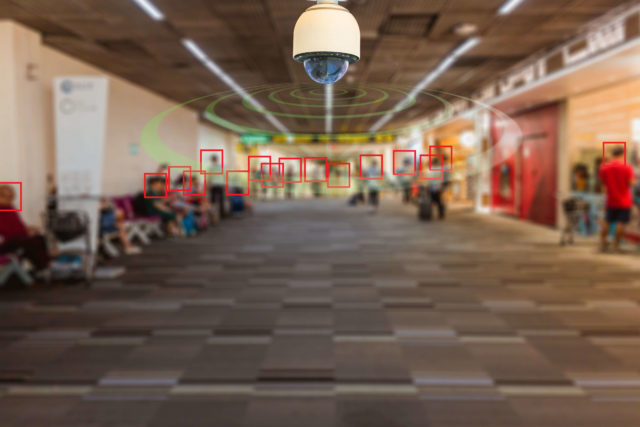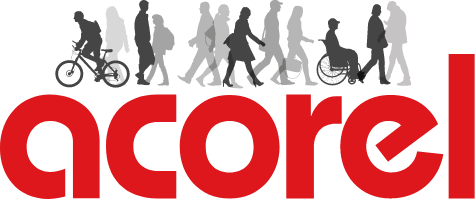The management of visitor flows in museums is an important element in ensuring a pleasant experience for all visitors. Museums often have unique exhibits with rather limited time frames, attracting large numbers of people to the same place at the same time. It is therefore essential to put in place crowd management strategies to ensure the safety, comfort and satisfaction of visitors.
The measures taken to manage visitor flows may vary depending on the size of the museum, the exhibition in progress and the number of visitors expected. Some common strategies include limiting the number of visitors, adding extra staff to monitor queues and visitor flows, and setting up online booking systems to control entry.
Museums can also implement strategies to distribute visitors to different areas of the museum to reduce visitor concentrations. This can be done by using directional arrows to guide visitors, by providing predefined routes for exhibitions, or by restricting access to certain areas for larger groups.

Some ideas for managing visitor flows in museums
Regulation of admission times
Regulating admission times is an effective strategy for managing visitor flows. Museums and exhibitions can limit the number of visitors admitted at any one time, depending on the opening hours, season or day of the week. This strategy helps to reduce waiting times and avoid crowds.
Creation of visitor routes
Another strategy for managing visitor flows is the creation of tour routes. Museums can organise themed tours for visitors, based on their interests. This strategy reduces congestion and ensures a more pleasant visitor experience.
Introduction of online tickets
The introduction of online ticketing will ensure that waiting times at the entrance are reduced, thereby reducing crowd movements.
Security management
Museums are required to put in place effective security measures to ensure the safety of visitors. These measures may include security checks at the entrance, surveillance cameras or security patrols.
How can automatic people counting help to manage visitor flows in museums ?

Automatic people counting :
Automatic people counting uses technologies such as video surveillance, infrared sensors or pressure sensors to detect the number of people entering and leaving a given space. This data is then processed by software to generate real-time reports on the museum’s attendance and to enable visitor management to better anticipate peak times and busy areas.
These counting systems can also be integrated with mobile applications or digital signage screens to inform visitors in real time about the number of visitors in the different rooms of the museum. This can help visitors to plan their visit according to off-peak times and thus avoid queues and crowds.
However, it is important to note that the implementation of an automatic people counting system must be accompanied by a reflection on the management of visitor traffic. The data generated by the system must then be analysed to adapt the tour route and security measures according to the actual number of visitors. Museums must also be mindful of visitor privacy and ensure that the data collected is processed in accordance with regulations.
For more information click here
